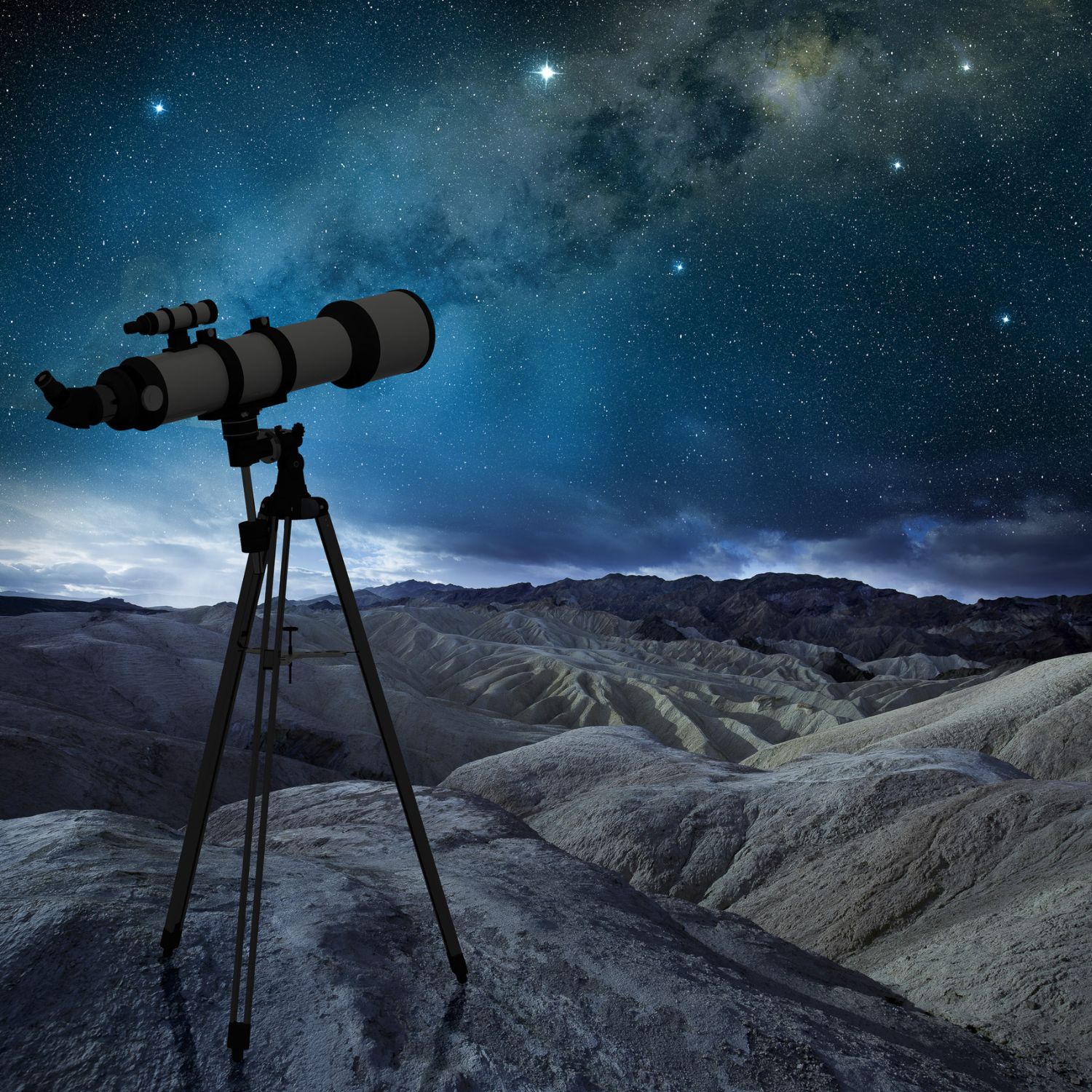Celestial Spectacles: The Ultimate Guide to Meteor Showers, Planets, Comets & Lunar Eclipses of 2023!
Who doesn’t love stargazing on their camping excursion? We sure do! When you’re out & ‘Off The Grid,’ the stars are in their most beautiful state. Here are the eclipses, meteor showers, and other stargazing events that you’ll definitely want to see on your trips over the next couple of months!
LYRIDS METEOR SHOWER
On April 22nd and 23rd, the Lyrid meteor shower is at its peak where there will be around 20 meteors per hour. The entirety of the shower lasts from April 16th to April 25th and the dim moonlight over this period will produce a great shower. Set up camp and roast some smores for the shower!
BEST TIME TO SEE MERCURY
From March 28th to April 18th, Mercury will be viewed in the Western US states low in the sky. The planet will set over 90 minutes after the sun does, and in its fiery state, it will be able to be seen against the dark sky. Get your crew together and view Mercury just above the horizon after that beautiful sunset!
TOTAL LUNAR ECLIPSE
On April 25th, a total lunar eclipse is expected to occur. During a total lunar eclipse, the Earth is between the Sun and the Moon, and the Earth’s shadow falls on the Moon, giving it a reddish hue. This eclipse will be visible from most parts of North America, Asia, Australia, South America, as well as Pacific, Atlantic, and Indian Ocean regions.
ETA AQUARIDS METEOR SHOWER
The Eta Aquarids meteor shower is expected to peak on the night of May 6-7 in 2023. This meteor shower is caused by debris from Halley’s Comet and is typically one of the best meteor showers of the year, with up to 60 meteors per hour visible under ideal weather conditions and brightness of the moon. The exact number of visible meteors can vary depending on the location. The Eta Aquarids meteor shower is visible from both the northern and southern hemispheres so get ready for a show!
DELTA AQUARIDS METEOR SHOWER
The Delta Aquarids meteor shower is going to peak on the night of July 28 this summer. This meteor shower is caused by debris from the Comet 96P/Machholz and is known for producing about 20 meteors per hour under optimal viewing conditions such as weather and brightness of the moon. Start your campfire at dusk and get ready for an amazing shower!
PERSEIDS METEOR SHOWER
The Perseids meteor shower will be most visible on the night of August 12 in 2023. This shower is one of the most anticipated showers in this upcoming season. It is famous for showcasing up to 60-70 meteors per hour under ideal viewing conditions. This meteor shower is a result of debris from the Comet Swift-Tuttle. The meteors will appear to radiate from a constellation in the northeastern region of the sky. The dim level of the moon will produce a beautiful show for your camping trip!
DRACONIDS METEOR SHOWER
The peak of the Draconids meteor shower will be on October 7, 2023. The Draconids is a minor meteor shower, known for producing about 10 meteors per hour under normal conditions. However, during certain years, the Draconids can produce an outburst of hundreds or even thousands of meteors per hour. This meteor shower is caused by debris from the comet 21P/Giacobini-Zinner,. The meteors will look like they are coming from a constellation in the northern sky. Due to the second quarter moon setting earlier this year, the shower will produce a great show for you and your crew!


